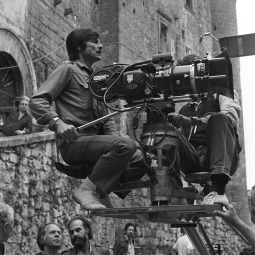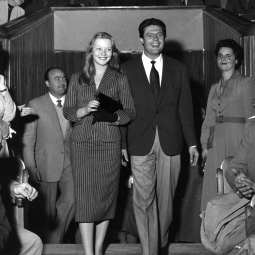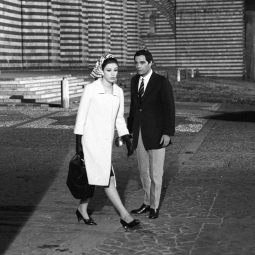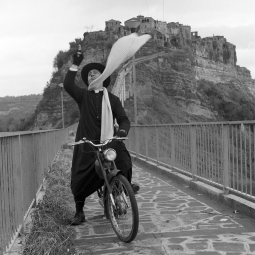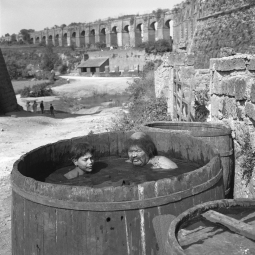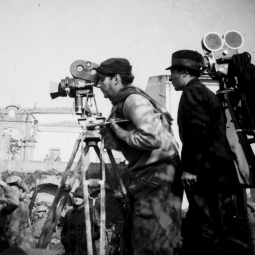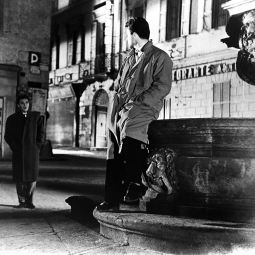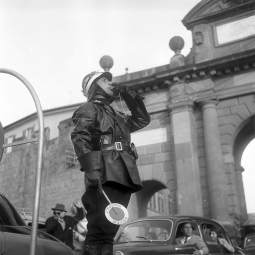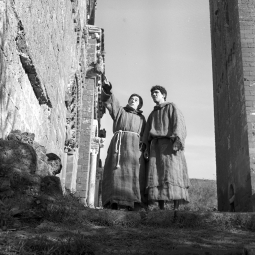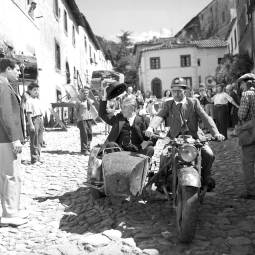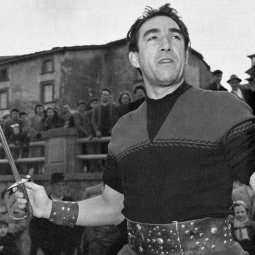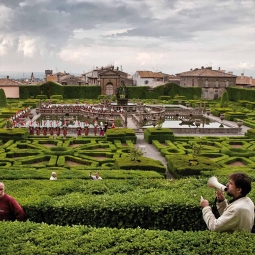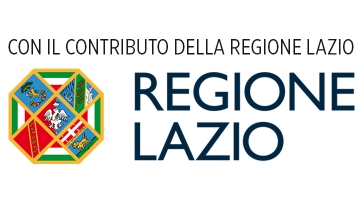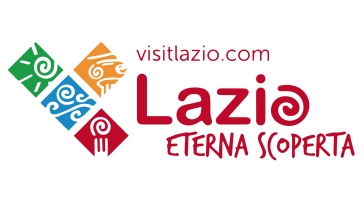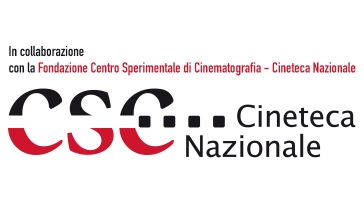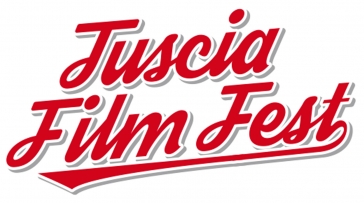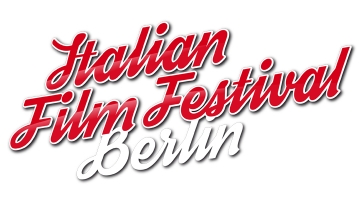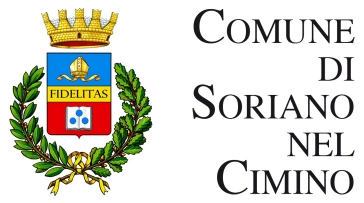The new, updated edition of Franco Grattarola's book - dedicated to the relationship between the big screen and the province of Viterbo - is now available, also in digital version.
Tuscia in the cinema. Movies, stories, protagonists. Fifteen years after the first 2008 edition, the updated version of Franco Grattarola's book - dedicated to the relationship between the big screen and the territory of the province of Viterbo, which has been lasting for more than a century – has been released.
Compared to the first edition, this updated version of the book has been enriched by set photos taken from the archives of photo agencies, set photographers, private citizens and from the photo library of the Fondazione Centro Sperimentale di Cinematografia in Rome; it also has a brand-new graphic design.
A century-long journey that, via anecdotes and testimonials, tells the story of all those films shot in the province of Viterbo, divided by decades; a second part dedicated to the personalities of Italian cinema born in Tuscia or somehow connected to it and an appendix, with the chronological list of over four hundred movies filmed in the area from the beginning of the 1900s to today, with information about the locations.
From La bella Galliana to Freaks Out. From Othello, by Orson Welles, to I vitelloni. Then Il vigile and L’armata Brancaleone, La strada and We have a Pope, Il Maresciallo Rocca and the TV series The Young Pope and Catch-22.
254 pages, over forty photos: published by Archeoares Edizioni with the support of Tuscia Film Fest, Tuscia in the cinema will be available in bookshops and in the tourist info points across the province of Viterbo and in digital version (also in English) from June 2023.
The publication of the book is one of the activities of Tuscia, the land of cinema.
Promoted by the DMO Tuscia Terra di Cinema and financed by Regione Lazio, via the call about new touristic destinations, the project aims at creating an integrated tourist offer in a territory - the province of Viterbo, the Maremma laziale and the Tiber Valley - that has been one of the most popular in Italy among national and international cinematographic productions since the beginning of the last century.
Franco Grattarola was born in Bari in 1963; he has been living in Viterbo ever since. A scholar of the history of cinema, television and customs, he is the author of Pasolini una vita violentata (Coniglio Editore, 2005), Continuarono a chiamarlo Bud Spencer (with Matteo Norcini, Struwwelpeter Edizioni, 2008), Luce Rossa. La nascita e le prime fasi del cinema pornografico in Italia (with Andrea Napoli, Iacobelli, 2014). His contributions were included in the essays Pasolini e la televisione (curated by Angela Felice, Marsilio, 2011), Il portaborse vent’anni dopo (curated by Italo Moscati, Rubbettino Editore, 2011), Mario Camerini: la nascita della modernità (curated by Arnaldo Colasanti and Ernesto Nicosia, Gli archivi del '900, 2011), Il cinema di Claudio Gora (curated by Emiliano Morreale, Rubbettino Editore, 2013), Cinema e Storia 2014. Italia 1977: crocevia di un cambiamento (curated by Ermanno Taviani, Rubbettino Editore, 2014), Titanus. Cronaca familiare del cinema italiano (curated by Sergio M. Germani, Simone Starace, Roberto Turigliatto, Edizioni Sabinae, 2014), Quaderni del CSCI n°12. Le guerre nel cinema italiano dal 1911 a oggi (curated by Silvio Alovisio, Alessandro Faccioli and Luca Mazzei, Istituto Italiano di Cultura, Barcellona, 2016), Il cinema di Fernando di Leo (curated by Davide Magnisi and Michele Falcone, Edizioni dal Sud, 2017), Ennio De Concini. Storie di un italiano (curated by Christian Uva, Edizioni di Bianco e Nero, 2017), Romana Film. Fortunato Misiano e la sua avventura nel cinema (curated by Steve Della Casa, Edizioni di Bianco e Nero, 2017), Luigi Zampa. Dalla parte del pubblico (curated by Orio Caldiron and Paolo Speranza, Cinemasud, 2018), Il cinema di Francesco De Robertis (curated by Massimo Causo, Edizioni dal Sud, 2018), Ieri, oggi e domani. Il cinema di genere in Italia (curated by Pedro Armocida and Boris Solazzo, Marsilio, 2019). He also collaborated on the new edition of Dizionario del cinema italiano. I lm vol.IV*-IV** (by Roberto Poppi and Mario Pecorari, Gremese Editore, 2009 e 2013) and participated in the documentaries Pier Paolo Pasolini - Il santo infame (2015) by Graziano Conversano and Pasolini, cronologia di un delitto politico (2022) by Paolo Fiore Angelini.
Photo:
Palazzo Odescalchi Giustiniani (Bassano Romano), Federico
Fellini on the set of La Dolce Vita by Federico Fellini (1960)
©ARCHIVIO FOTOGRAFICO - CINETECA NAZIONALE
CENTRO SPERIMENTALE DI CINEMATOGRAFIA






